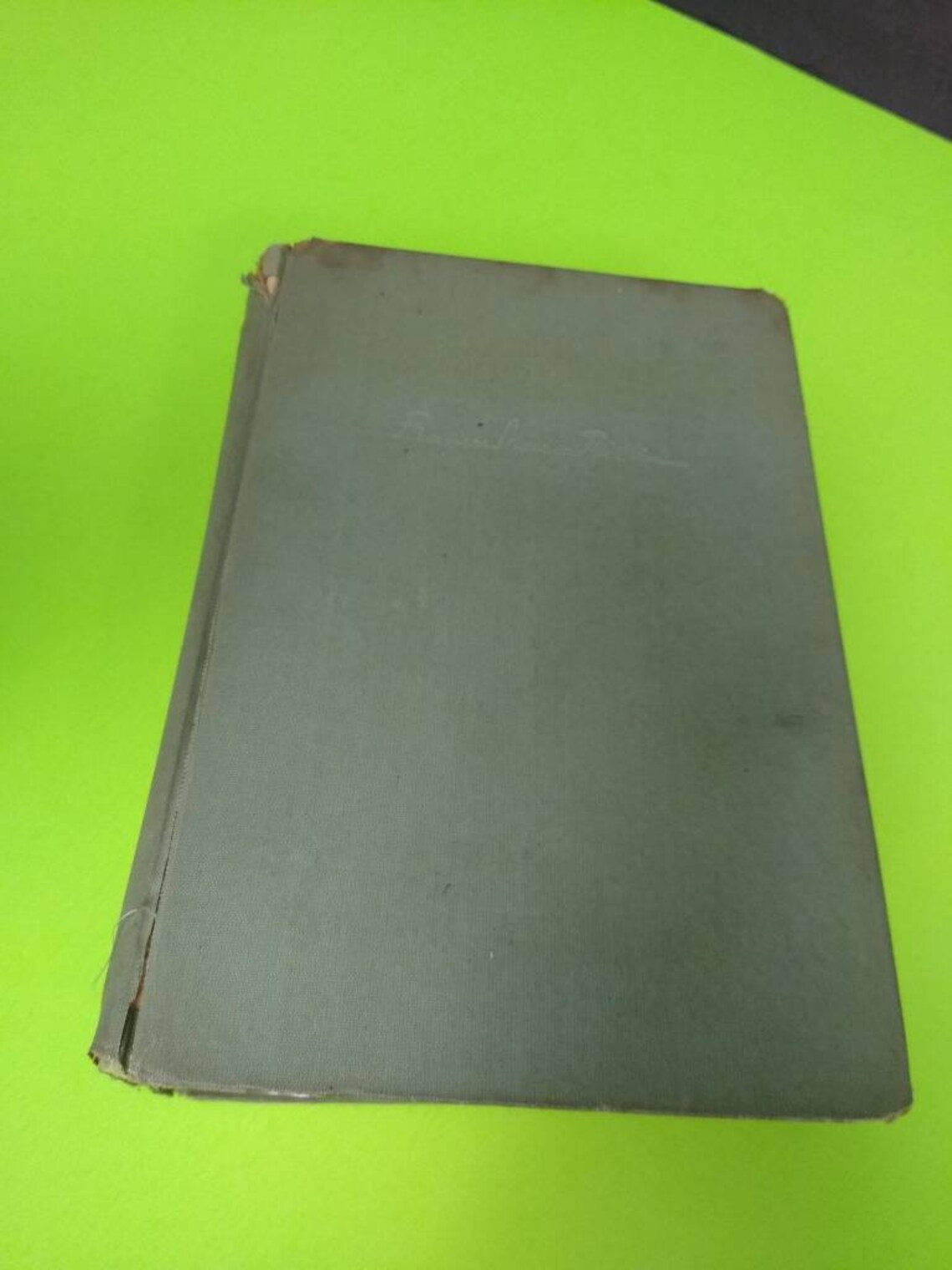

He began another and worked on it the following year. Then he wrote two elegies and half of a third, which he completed the next year. He returned to the Duino Castle he had been staying in – Rilke was a remarkable freeloader, very adept at getting wealthy women to let him stay in their fancy lodgings – and wrote the business letter. Suddenly, several lines of poetry flashed into his consciousness, lines which summarized his sense of loneliness and alienation. In 1912, on a stormy evening on a cliff above the Adriatic Sea, the poet Rainier Maria Rilke went for a walk, trying to compose an answer to a business letter he had received. The story is one of the most famous in modern literature. Note: This mailing has ten footnotes – not scholarly appendages, but rather a way of incorporating poems and conversations which enrich what is being said, but which might not be essential to what is said. The poem is, I promise you, worth the length of what follows. It is one of the most sublime and astonishing of human utterances: beautiful almost beyond belief, rich with thought and perception, perpetually challenging, an acme of human accomplishment. In that august company, the height of human achievement, I would put this poem.

“Absalom, Absalom” by Faulkner, “Asphodel, that Greeny Flower” by Williams, Whitman’s “Song of Myself,” Shakespeare’s “King Lear.” Piero della Francesca’s “The Story of the True Cross,” Mozart’s “The Marriage of Figaro,” Bach’s “The Well-Tempered Clavier,” Matisse’s cut-outs. How’s that for an answer? Strange, disquieting, isn’t it? We wonder if it can possibly be true.) The third is this: There are rare moments when art rises into something we can only marvel at. (In sum, he says we exist because the things in the world need us, need us to turn the object world into consciousness, and more specifically, into words. The second is that what it proposes, which is an ‘answer’ to one of the central questions we as humans face: ‘Why do we exist?” The answer is so stunning that I don’t know how to deal with it. The ‘maybe’ refers to the conditions of its coming-into-being, at the end of a truly extended writer’s block. The poem has two, and maybe three, remarkable aspects.

So just printing the poem twice takes up four pages. I take it up as I usually do, line by line, stanza by stanza. That seems to me appropriate, since it is on what I consider to be one of the very greatest of all poems, Rainer Maria Rilke’s “Ninth Duino Elegy.” The poem itself is two pages.


 0 kommentar(er)
0 kommentar(er)
